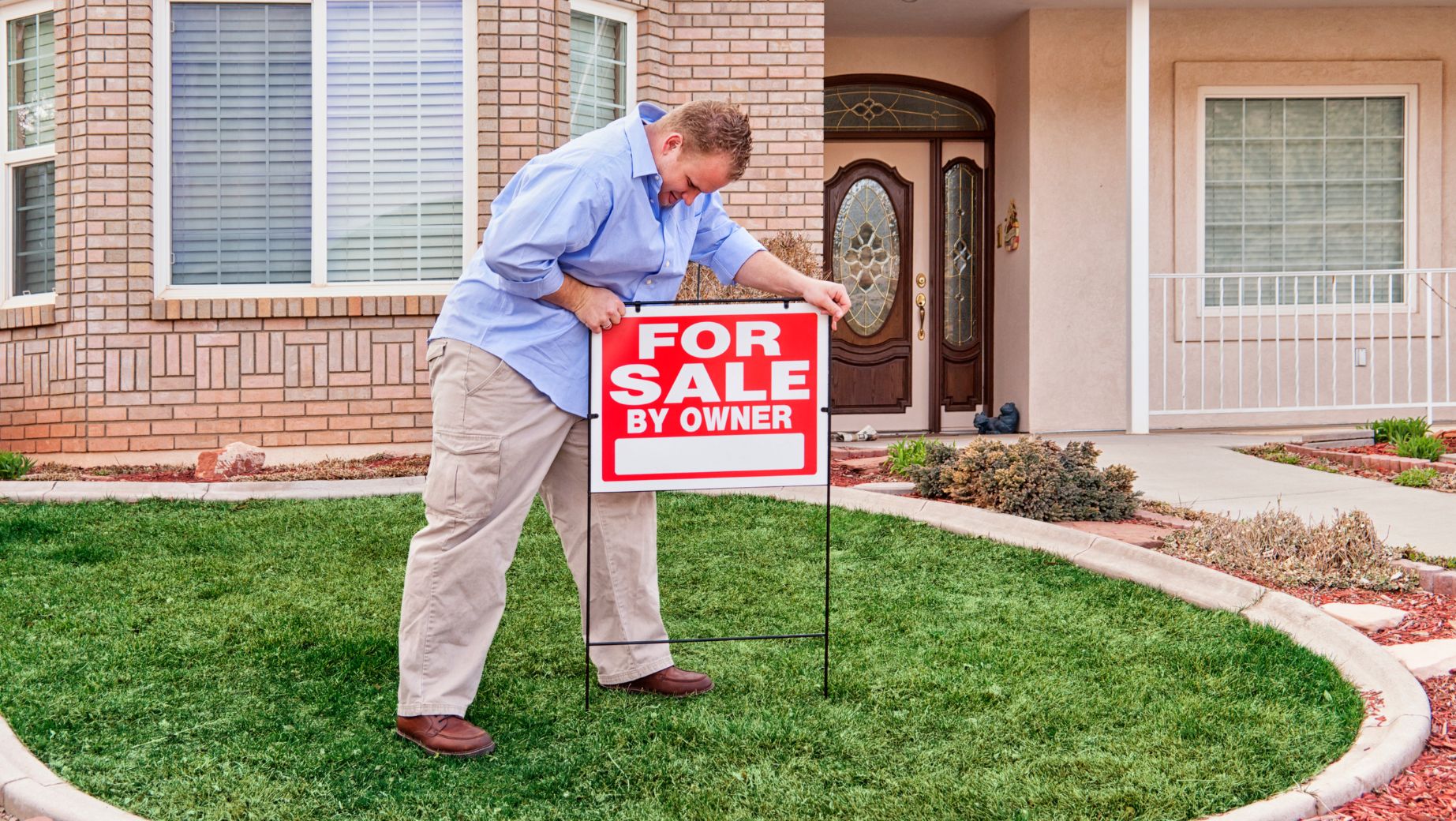Getting the right offer on your home isn’t just about the number on the check—it’s about the terms, timing, and your peace of mind when everything’s said and done.
Whether you’re a first-timer or you’ve done this before, there’s always room to be more strategic. Here’s how to position your property for better, cleaner offers—and fewer headaches.
Know When to List: The Right Time to Sell a House
Timing can be a silent dealbreaker—or dealmaker.
In most areas, spring and early summer tend to bring out the most buyers. That’s when families try to move before the new school year, and the weather helps with curb appeal.
But it’s not just about the season. Watch local inventory levels and how fast homes are selling nearby. If homes like yours are getting scooped up quickly, it could be your moment.
Pro Tip: Homes listed between March and June often see stronger competition. But if you’re in a hot market like California, even fall can be fruitful with the right strategy.
Price It Right: How to Price Your Home Competitively
Buyers are savvy. They’ve scrolled, clicked, and toured. They know what feels overpriced, and they move on.
That’s why pricing isn’t guesswork. A good real estate agent will provide a Comparative Market Analysis (CMA) that looks at similar homes sold nearby.
Overprice it? You might sit on the market and invite lowball offers.
Underprice it? You could leave money on the table.
The sweet spot? Just enough to draw attention, but grounded in real data.
Presentation Matters: Home Staging Tips to Sell Faster
Buyers don’t just shop with logic—they shop with emotion.
You want them to walk in and think, “Yep, I could totally live here.” That means neutral tones, good lighting, and zero clutter. Put away the laundry basket, and let that kitchen island breathe.
Even small updates like fresh mulch or swapped-out cabinet handles can make a difference.
If you’re selling in the Bay Area, for instance, buyers may respond well to homes that feel modern and low-maintenance. Learn how to sell your home in Oakland, CA, quickly and hassle-free.
Fix or Not? Selling a House Without Repairs vs. Making Upgrades
Here’s the classic fork in the road: Should you fix it up, or just list it and let the next owner deal?
If your home has serious issues, like a leaky roof or an ancient HVAC system, it might be worth fixing those. Buyers often overestimate repair costs when submitting offers.

But you don’t need to make it a model home.
Focus on repairs that offer a clear return:
- Paint (interior/exterior)
- Flooring updates
- Minor kitchen or bathroom refreshes
- Lighting upgrades
You don’t need a full renovation. You need just enough to keep buyers from hesitating.
Be Proactive: Pre-Listing Home Inspection Benefits
Think of a pre-listing inspection like showing your cards…but in a good way.
It tells buyers, “Here’s what you’re getting. No surprises.” That builds trust—and often leads to stronger offers with fewer strings attached.
Buyers may even feel confident enough to waive contingencies. That’s money and time saved for you.
Stand Out: What Clients Look for in a Home Today
Today’s buyer? They’ve got a wishlist—and it’s longer than it used to be.
They’re looking for:
- Energy-efficient appliances and windows
- Functional home offices
- Clean spaces that smell nice (seriously, open a window)
- Well-lit rooms and natural light
- Modern kitchens and updated bathrooms
Post-pandemic, flexibility and comfort matter more than square footage. Play to those strengths if you have them.
Create Urgency: How to Create Clients Competition
FOMO is a powerful thing—even in real estate.
Open houses, limited showing times, and setting an offer deadline can create that “act now or miss out” feeling.
Another trick? Pricing just below a round number (e.g., $499,000 instead of $500,000) to show up in more search filters and drum up attention.
If the demand is there, you might find yourself with multiple offers—and that’s a nice problem to have.
Master the Deal: Negotiation Tips for Home Sellers
Let’s be honest—buyers love a deal. But so do you.
Here’s how to stay in the driver’s seat:
- Don’t jump at the first offer unless it’s clearly strong
- Ask your agent for advice on counteroffers.
- Be mindful of contingencies (like inspection or financing clauses)
- Consider offering to cover closing costs if it helps raise the price.
Balance is key. Give a little, gain a little more.
Evaluate Offers: Should I Accept the First Offer on My House?
Sometimes the first offer is the best one. Other times, it’s bait.
Here’s what to look at beyond just price:

- How clean is the offer? (Are there lots of conditions?)
- Is the buyer pre-approved?
- What’s the timeline for closing?
- Are there red flags, like vague terms or excessive demands?
Don’t decide in a vacuum. Talk it through. There’s usually more than one path to a win.
Conclusion
Getting a better offer isn’t about luck—it’s about preparation and smart choices. From how your home looks to when you list, every detail matters.
Use the tools available. Lean on professionals. And remember—your goal isn’t just to sell. It’s to sell well.
FAQs
What’s the difference between listing price and offer price?
The listing price is what you ask. The offer price is what someone is willing to pay. Ideally, you want those numbers close, but buyer demand can push it higher.
Do I need a real estate agent to get a good offer?
Not necessarily. However, a good agent can bring in more eyes, help with pricing, and navigate negotiations for many sellers, which translates to a better bottom line.
How long should I wait before accepting an offer?
If your home is newly listed, it’s okay to wait a few days to see what comes in. But don’t let a solid offer sit too long—buyers can get cold feet.
Will open houses really help?
Yes, especially in busy markets. They create visibility and sometimes even drive competition. Just make sure your home is spotless on the day.


More Stories
The Art of Minimalist Styling in Kitchens and Bathrooms
Customising Homes to Embody Coastal Lifestyle and Easy Living
Modular Home Moves: Architectural Considerations & Crane Logistics